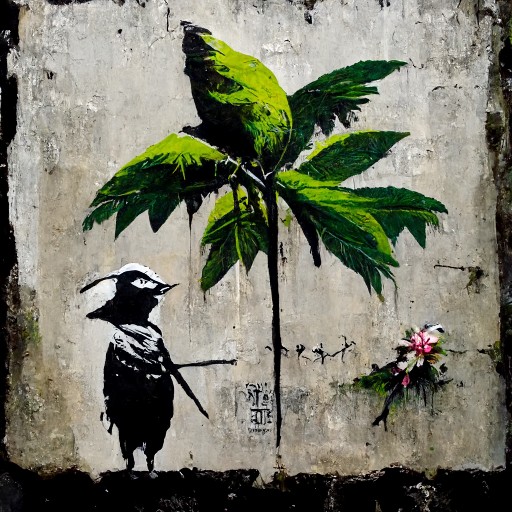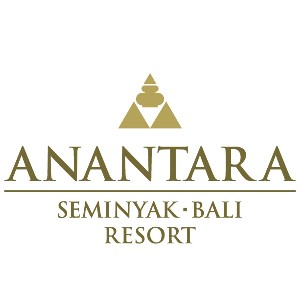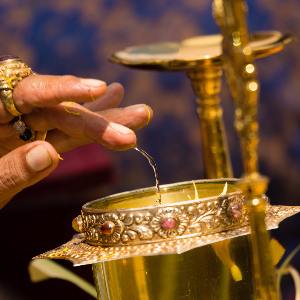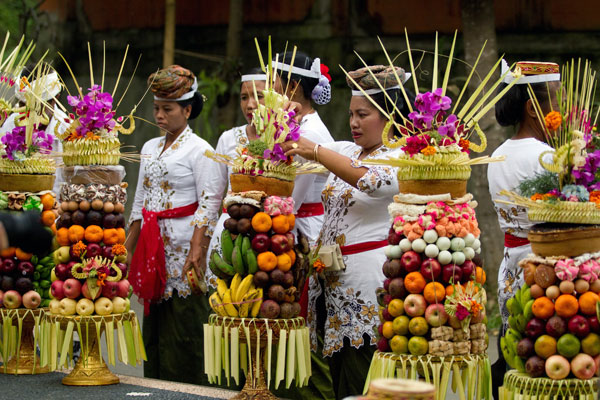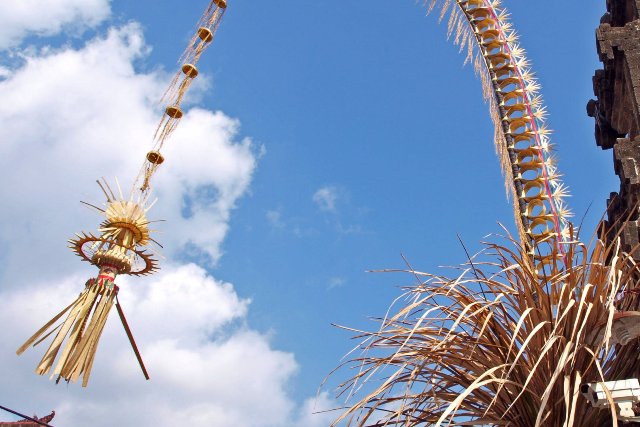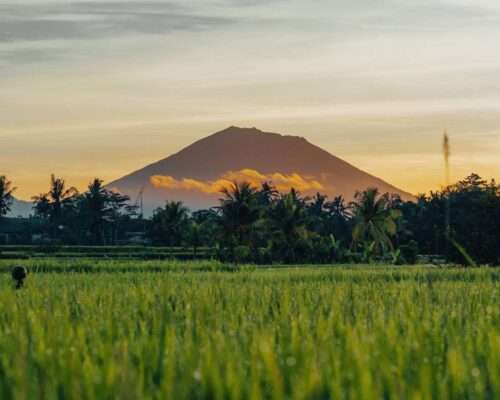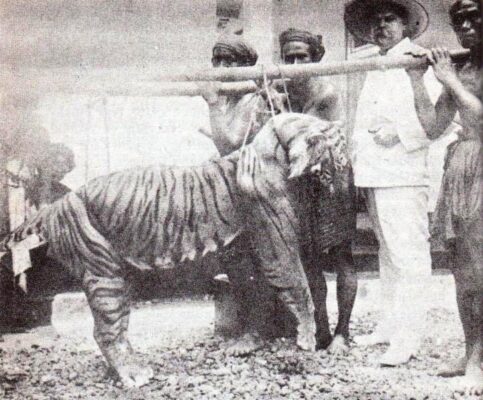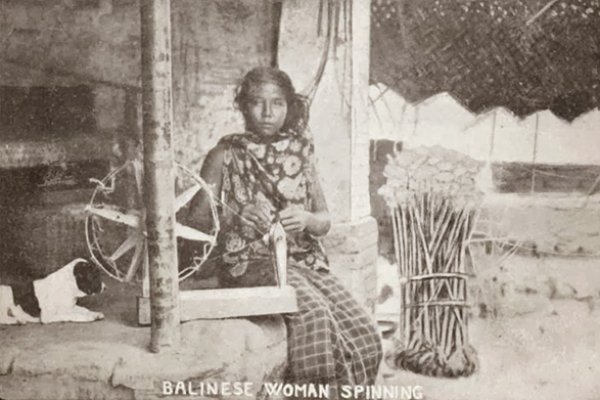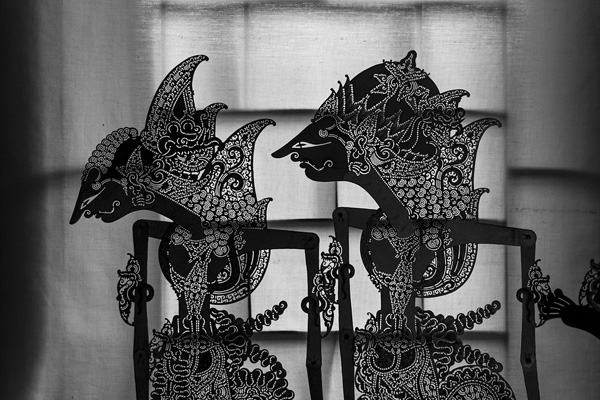Here are the four castes in Bali from the highest:
The Brahmanas (Brahmin)
Pedanda Wawu Rauh (or Dang Hyang Nirartha) is widely acknowledged as the progenitor of Bali’s Shaivite priesthood. The Balinese from this caste will always have Ida Bagus (male) and Ida Ayu/ Dayu (female).
A man’s caste does not change if he marries into the Ksatrya caste, and under certain circumstances, the woman may also be elevated to the Brahmana caste. If a Brahmana man marries a Wesya woman, his status remains unchanged, but the woman keeps her Wesya title. But, it will be another case if a Brahmana woman marries a man from lower castes. In the past, the woman must face horrible punishments (killed by jumping into the fire, drowned in the sea, isolated, etc.) including “Patiwangi” ceremony when she decided to marry commoners. Luckily, this punishment is considered to oppose with Tri Hita Karana teachings, Tri Kaya Parisudha, Vasudaiva and other Hinduism values. Thus, Brahman women no longer face physical punishment if they marry a man from a lower caste, but she must still relinquish her title.
The Ksatrya, warriors, nobilities and kings.
The important history of this caste is strongly related to Gelgel Kingdom in Bali (now Klungkung), which had been conquered by Meruti, a king sent by Erlangga (Balinese king of Kediri Kingdom in Java). After claiming the territory of Gelgel kingdom, Meruti established one of his loyal fellows with the title Dewa Agung. Dewa Agung had two children named Tjokorda and Anak Agung, these titles remained with their offspring, all down the genealogical lineage until today.
Some Balinese from Ksatryas caste tend to claim and tell people that they’re equal to Brahmanas, but this is not exactly true. There was a history of strife between the two highest castes in Bali to claim which one is more superior between another. When a Ksatrya dies, a Brahmana can pray to his corpse, but not the other way around. A Ksatriya may study and train hard to become a Brahmana or a priest, but he won’t be called a holy man or “pedanda.” Instead, he will be called “Begawan.” There are also confusing rules governing mixed marriages with lower castes, especially when changing the name to Predewa, Pengakan, Bagus, or Prasangiang.
The Wesya, the caste of the merchants and administrative officials.
People in this caste always have Gusti, Ngurah, Dewa and Sang included in their name. The Wesyas came from Java along with other castes. They originated from three groups named: Tan Kober, Tan Kaur and Tan Mundur, at that time, all the names of the people from these three groups were called Gusti.
The Sudra, the outsiders, “the jaba” or the commoners.
This caste is dominating the number of populations in Bali by more than 93%. The Sudra do not have such titles to begin their names with. Sudra names begin with the order of birth (the same for male and female):Wayan or Putu if they are the first child, Made or Kadek if they are the second child, Nyoman or Komang if they are the third child, and Ketut (meaning “the last one”) if they are the fourth child.
During religious ceremonies or other events in the village/community, the committee will give more respect and special consideration to the higher caste people by providing a designated place to sit.
The Balinese language is also divided into four different levels of politeness: low, medium, high and sacred Bali language. A Sudra will usually communicate with Satria, Brahman or Wesya in high Bali language and the higher caste people usually answer lower caste people in low Bali language to affirm their superiority. Nowadays, only some Brahman know the sacred language (and some scholars). Among themselves, the top three castes people usually communicate in medium Balinese.
